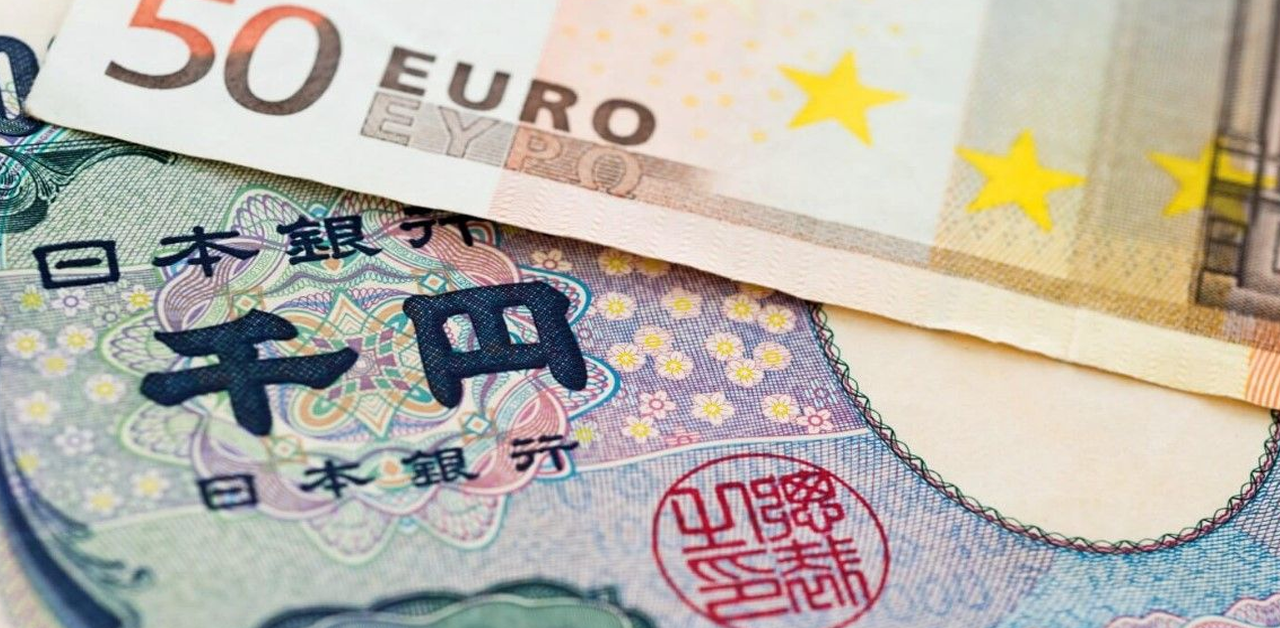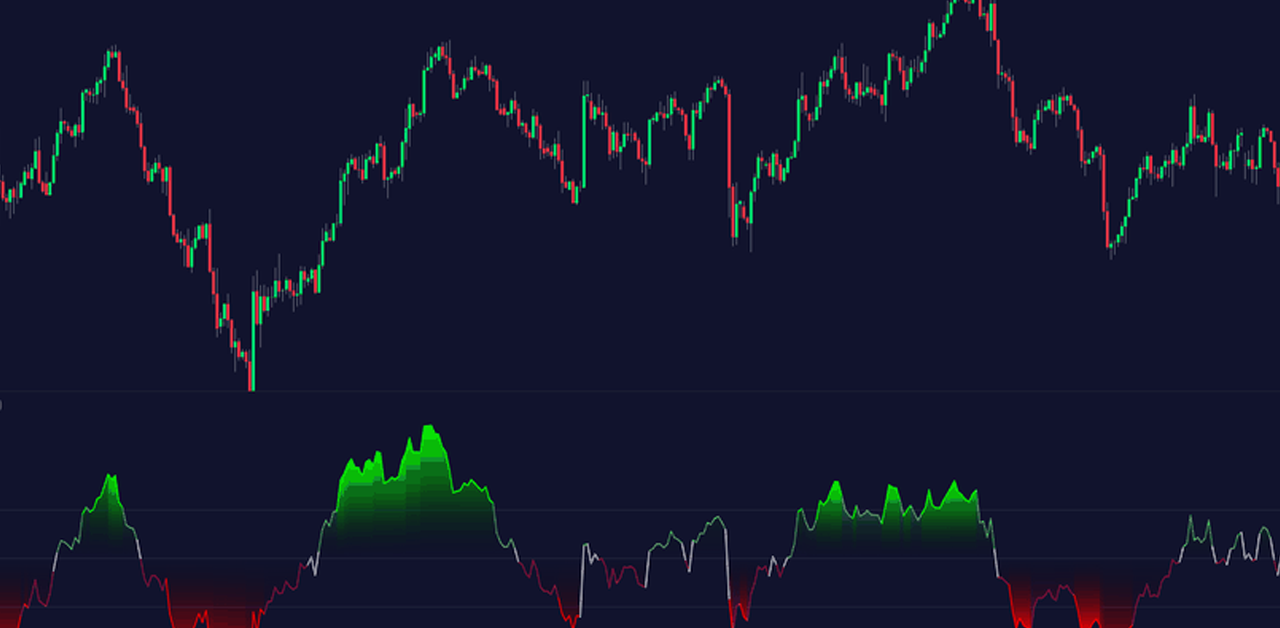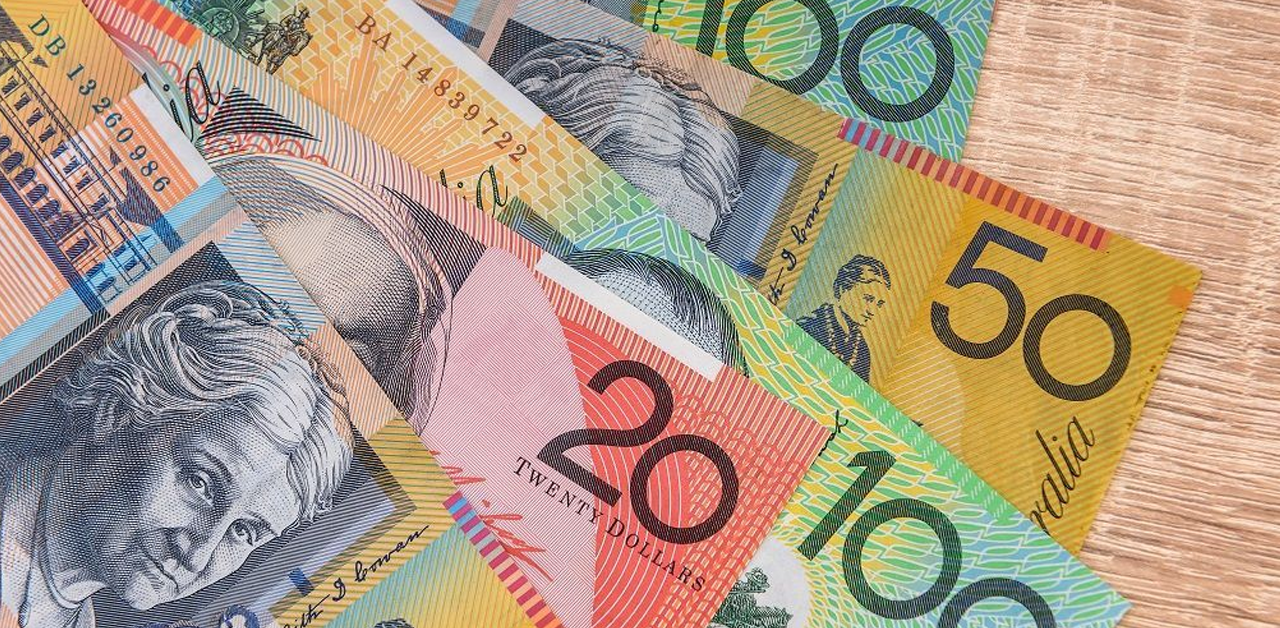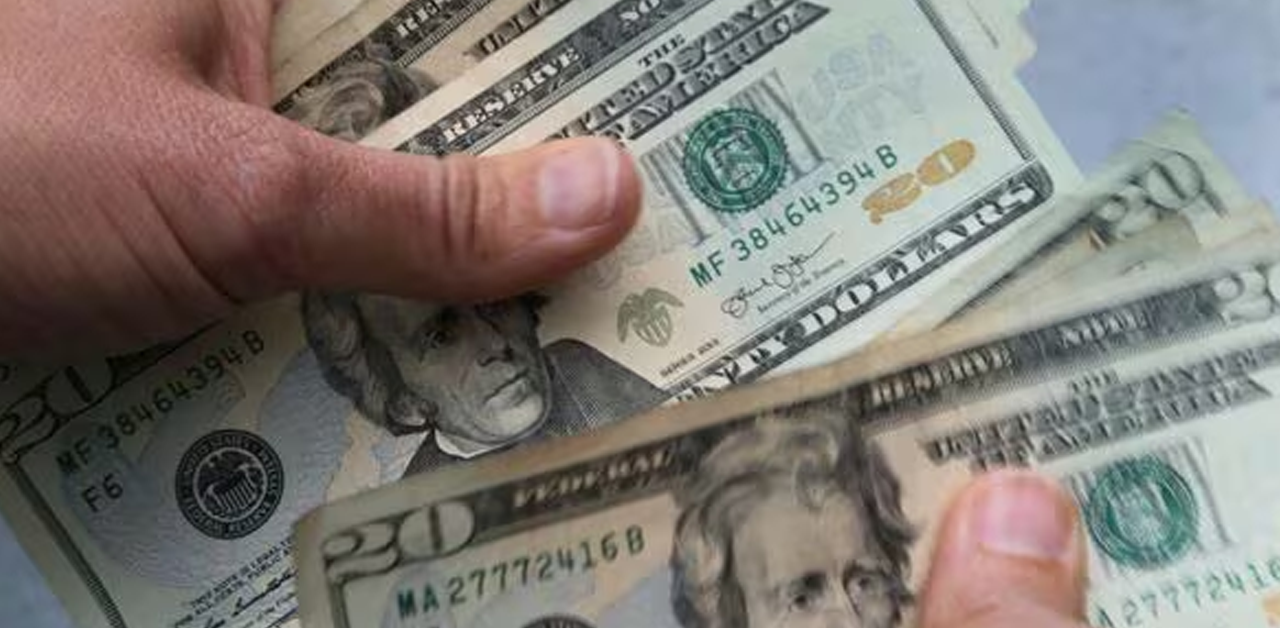Bank of Japan’s Currency Dilemma: Key Highlights from the 2-Day Policy Meeting
The Bank of Japan (BOJ) is entering its two-day policy meeting on Monday with a challenging decision on its hands. Market analysts anticipate the yen could see further depreciation unless the bank introduces a necessary policy adjustment.
The crux of the discussion centers around the central bank’s monetary policy, specifically ultralow rates and the recent 1.0% cap set for 10-year Japanese government bonds. These measures are expected to persist, despite potential adjustments to the BOJ’s inflation forecasts for fiscal years 2023 and 2024.
In an effort to promote stable inflation, the BOJ is committed to minimizing borrowing costs. However, there’s an evident rise in 10-year yields approaching the 1.0% mark, paralleled by a surge in U.S. Treasury yields due to deep-rooted inflationary pressures.
Adding to the BOJ’s challenges is the economic unpredictability stemming from the ongoing Israel-Hamas conflict, casting shadows over the broader Middle East region.
Recent monetary decisions globally have also had repercussions for the yen. Following a series of rate hikes, the European Central Bank recently paused further increases. Similarly, the Federal Reserve, known for its stringent monetary strategy, is projected to halt rate adjustments in its upcoming two-day policy meeting, which may bolster the yen’s strength.
Presently, the yen teeters near a significant threshold of 150 against the U.S. dollar, symbolizing the BOJ’s contrasting easing policy. Escalating U.S. Treasury yields play a role in this scenario, leading to market speculation about potential intervention by Japanese authorities.
Prime Minister Fumio Kishida is particularly concerned about the yen’s softening, considering its impact on consumer goods prices, and is contemplating relief measures to support households grappling with inflation-induced import expenses.
A focal point in the BOJ’s strategy is its yield curve control program. While short-term rates are pegged at -0.1%, 10-year yields gravitate around zero. The BOJ has introduced flexibility, allowing these 10-year yields to align more with economic conditions, provided they stay under the 1.0% cap.
July witnessed a pivotal move when the bank broadened the trading range. This decision emerged from a realization that the yield cap strategy was hastening the yen’s slide, particularly when juxtaposed with global peers like the Fed and ECB, which were in a rate-increasing phase.
Governor Kazuo Ueda emphasized the BOJ’s unwavering dovish approach. The bank’s target of 2% inflation remains elusive, prompting discussions about the sustainability of wage increments, essential for meeting the inflation benchmark.While some internal BOJ voices express optimism about price surges in the coming year, Prime Minister Kishida cautions against potential deflationary risks if inflation consistently outstrips wage growth.
Currently, the BOJ estimates a 2.5% inflation rate for fiscal 2023, moderating to 1.9% the following year.
Lastly, the Japanese Trade Union Confederation is advocating for a wage rise of at least 5% in the forthcoming fiscal year, mirroring this year’s demands.











